In the Adirondacks, March and October are transitional months, with October representing life falling into a slumber, and March a reawakening. The stillness of winter settles in during January and February. But by March, many changes are underway in the avian world.
March feels like a crossroads. Year-round birds continue to carry on as they always do. Most winter irruptive species are not quite ready to head back to the arctic, with many staying into April or even May before leaving the Adirondacks. Our weather becomes less predictable with extremely cold days and warm days mixed together. Many species begin to migrate back to our region at this time of year while some are merely passing through on their way farther north. And several species in the Adirondacks nest in March.
Vocal activity picks up in March and woodpeckers spend more time drumming. Bald Eagles, Common Ravens, and American Crows spend more time soaring around the sky. Birds appear more active. The world is thawing and there is hopefulness in the renewal of life.
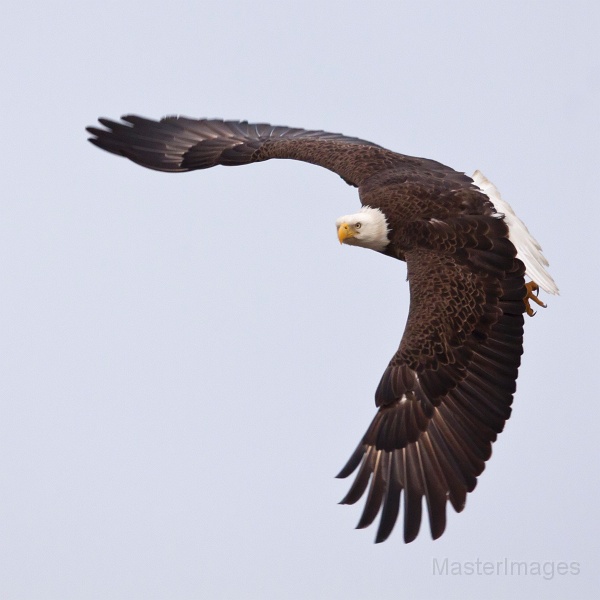
Just Passing Through!
March is a month when birders excitedly post sightings of majestic Golden Eagles passing through on their migration north. Birders in the Adirondacks are often alerted to the presence of a migrating Golden Eagle by the loud vocalizations of Common Ravens. The Golden Eagle is the arch enemy of the Common Raven, and ravens can spot an approaching Golden Eagle from a remarkable distance away.
Watch for Snow Geese in March on their journey north. I happened to be standing outside on a blue-sky March day last year when thousands of glistening white Snow Geese in numerous skeins filled the sky heading north!
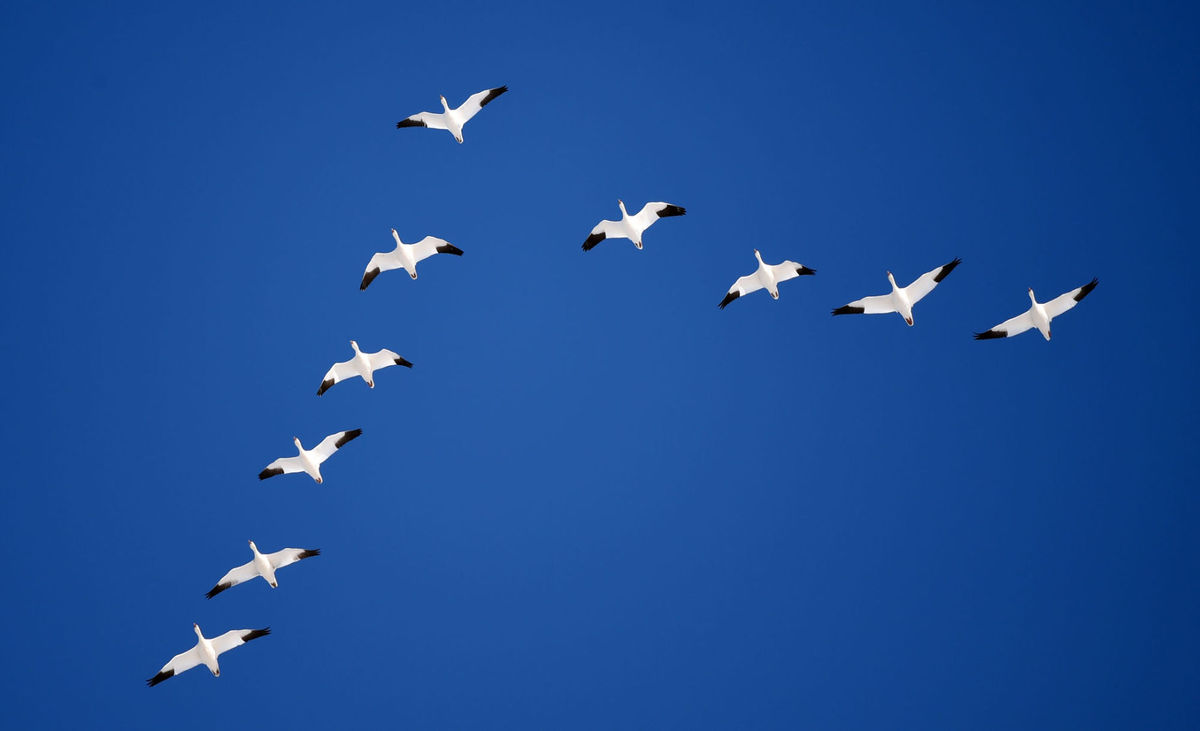
Spring hawk watches begin in March (and run through May). Many raptors will be on the move now.
Nesters
Great Horned Owls, Gray Jays, and Red and White-winged Crossbills are all currently nesting. I already observed a Red Crossbill juvenile at the very end of February. Bald Eagles refurbish their nests in March, which they reuse each year. In March, look for them carrying sticks to bolster their nests. Common Ravens are also beginning to nest at this time of year. I recently observed a raven picking grass from a hole in the snow for nesting material.
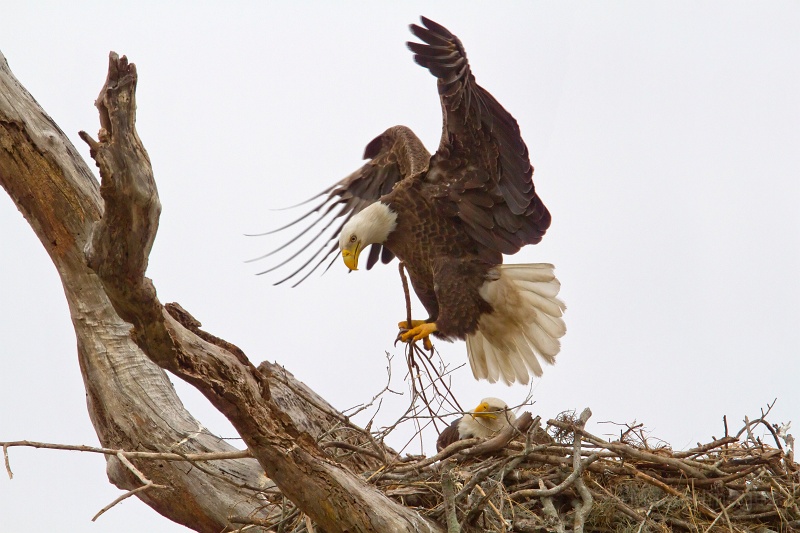
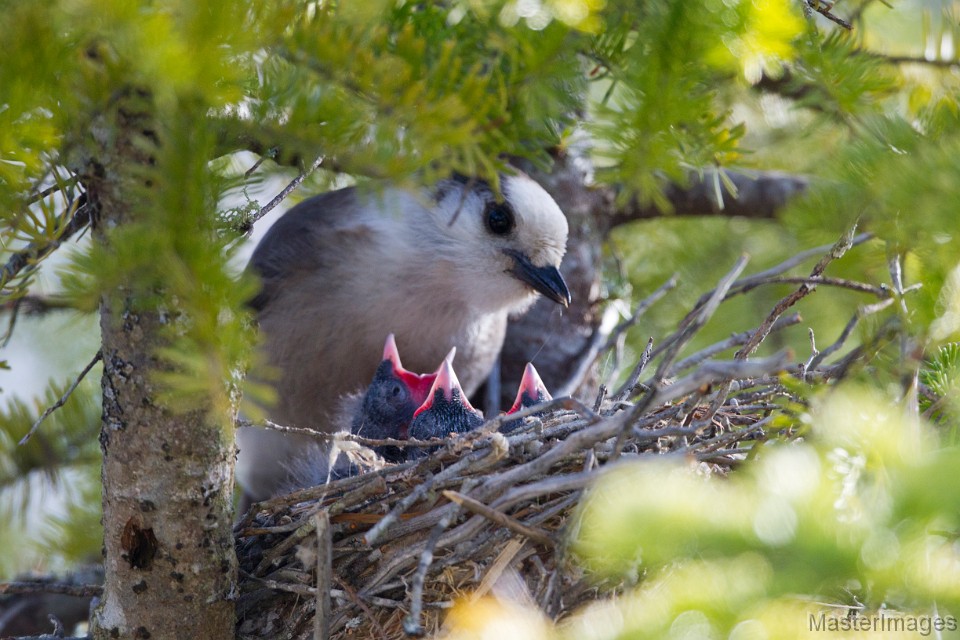
Migrating Back
Most American Crows leave the central Adirondack region during winter, leaving the landscape to their larger Common Raven relative. The month of March begins what I term the raven–crow wars! As the American Crows fill back in, they fight with Common Ravens until all the territory disputes are somehow worked out.
One of the symbols of spring is the return of Red-winged Blackbirds. Birders are already reporting early arrivals for this species. A flock of Red-winged Blackbirds visited a feeder location in Long Lake on March 1st. Many other species will show up in March including Turkey Vultures, Red-shouldered Hawks, Killdeer, Northern Saw-whet Owls, Eastern Bluebirds, American Robins, Song Sparrows, Rusty Blackbirds, and Common Grackles.
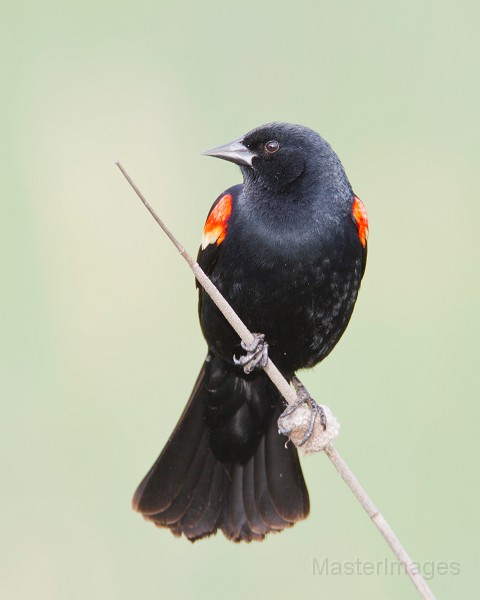
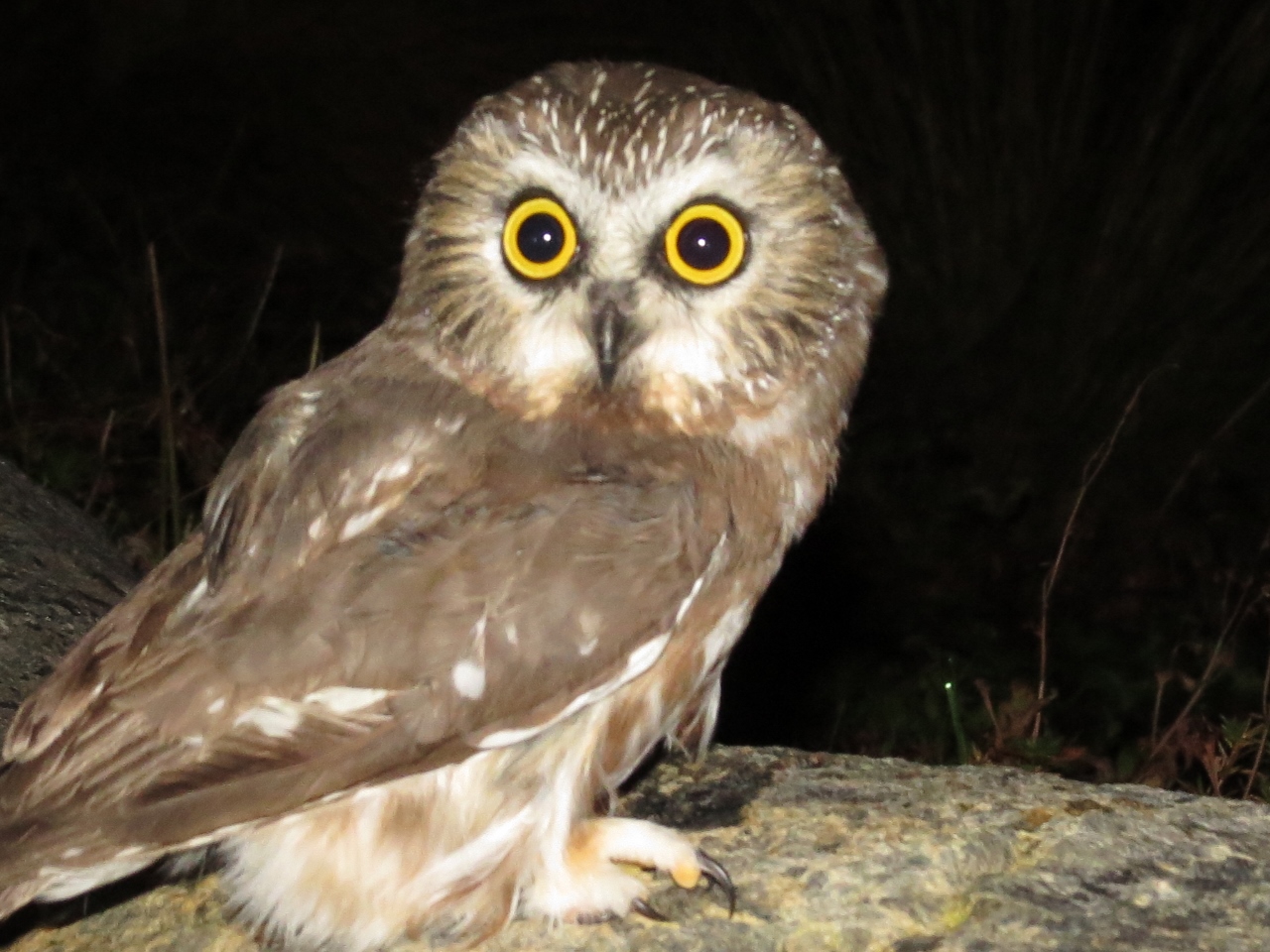
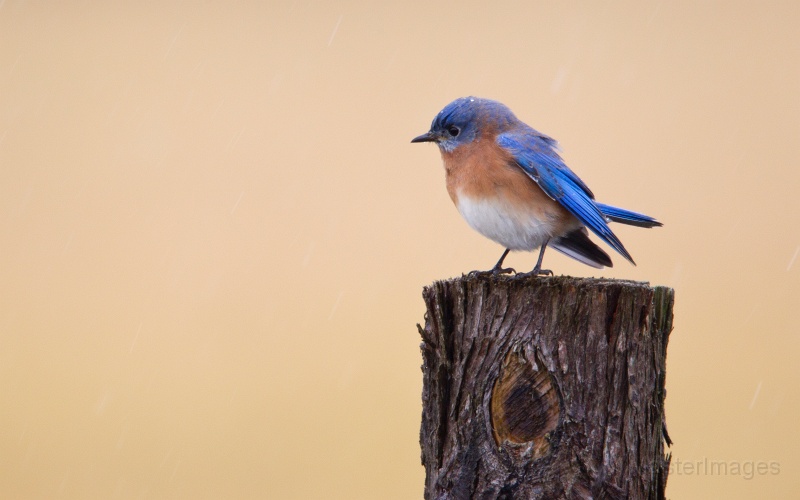
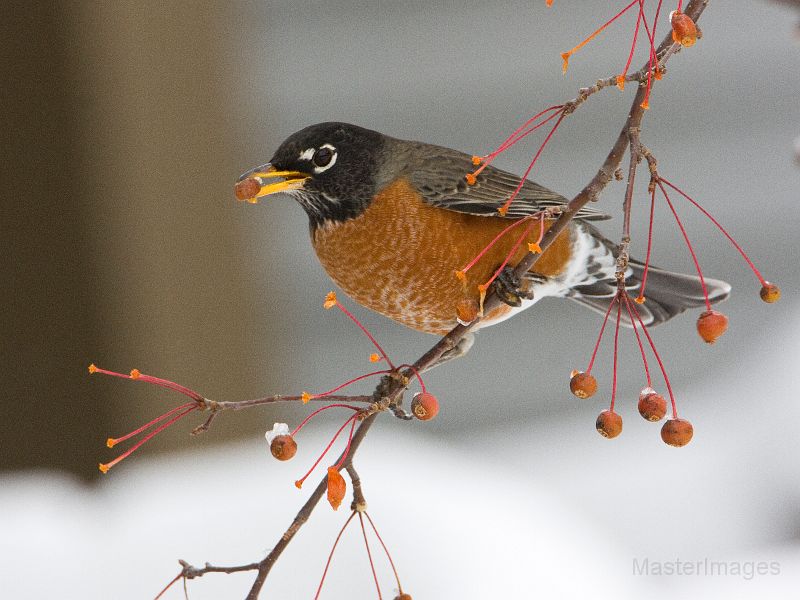
Winter Irruptive Species Still Here
Many of the species that attract birders to our area in winter can be found well into April and even May before they migrate north. Rough-legged Hawk, Northern Shrike, Bohemian Waxwing, and Snow Bunting, are species that will stay through April. The male Snow Bunting heads back to the arctic in early April, when it is still bitter cold, to claim a breeding territory in a rock cavity. The female follows four to six weeks later. Northern Shrikes have a fascinating song and they often sing when they first arrive in October and again in April when they are getting ready to migrate north. Large flocks of Bohemian Waxwings are still moving around feeding in fruit trees. In April, Bohemian Waxwings mass into flocks that number in the thousands before they head back to their breeding territory in northwestern Canada and Alaska.
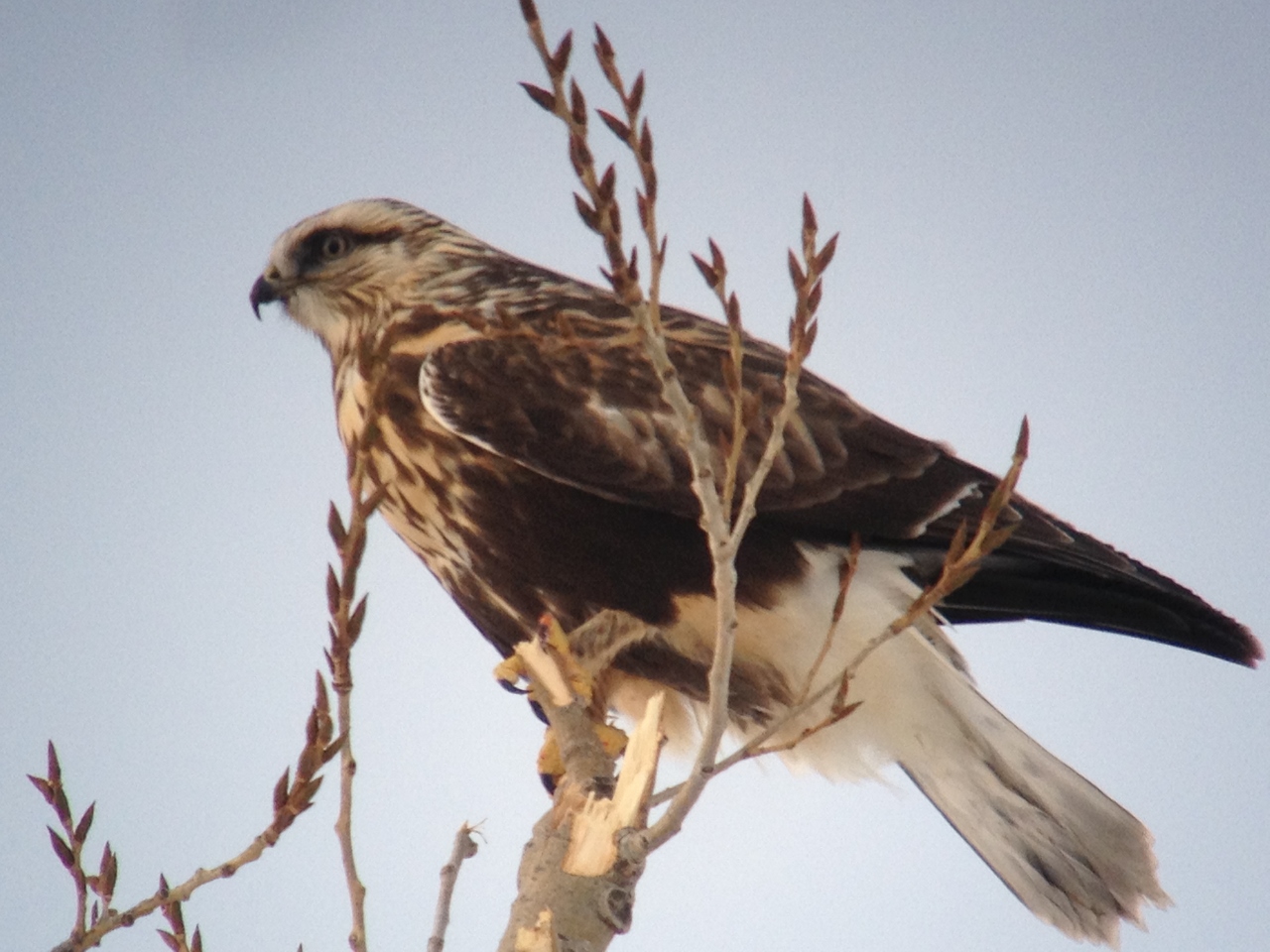

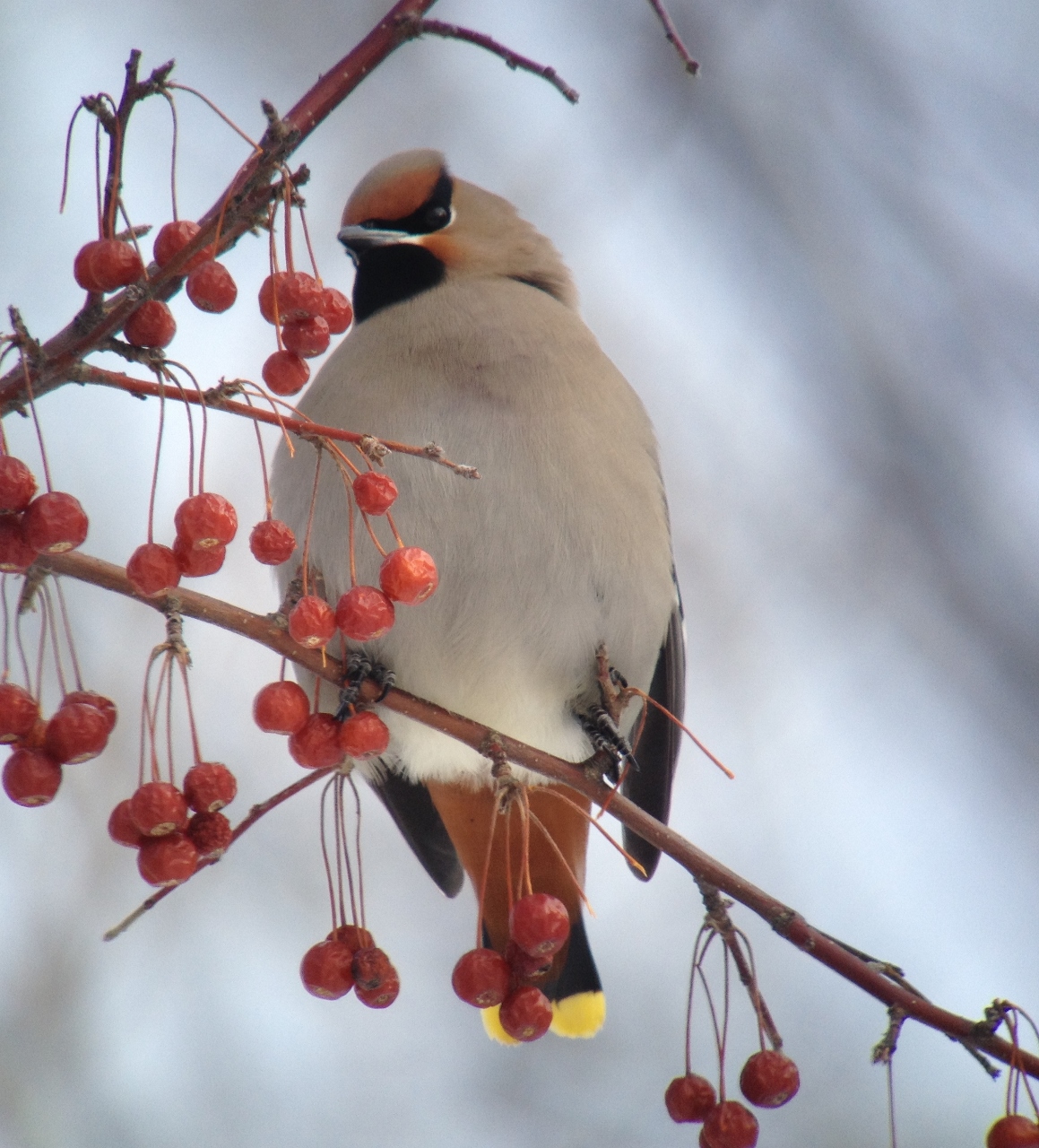
Waiting Waterfowl
Waterfowl return to Adirondack lakes, ponds, and rivers as soon as possible in the spring. Somehow these species, including Common Loons, seem to know exactly when they have enough open water to return. Historically, April would be the month to watch for returning waterfowl, but these dates are becoming earlier each year as the ice melts earlier and earlier as our climate warms.
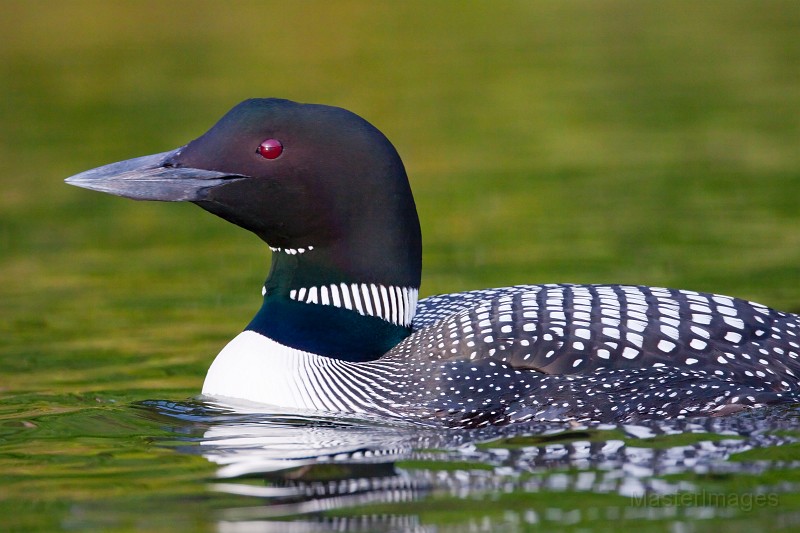
Many birders will visit larger bodies of water like Lake Champlain or large rivers like the St. Lawrence to view waterfowl that are lingering before heading north or northwest. Tufted Duck, Greater and Lesser Scaup, White-winged Scoter, Long-tailed Duck, Bufflehead, and Barrow's Goldeneye are waterfowl species that can be found lingering in March before migrating away.
Our Residents
Of course, among all the March avian changes, we still have all the year-round species to see! Great Horned and Barred Owls, woodpeckers (Downy, Hairy, Black-backed, and Pileated), Gray and Blue Jays, Common Ravens, Black-capped and Boreal Chickadees, Red and White-breasted Nuthatches, Brown Creepers, and Golden-crowned Kinglets are just some of the species that can be found all year in the Adirondacks.
With Great Horned Owls nesting, Barred Owls becoming more vocal, and Northern Saw-whet Owls migrating back, March is a terrific month to go owling. All three of these species can be found along Sabattis Circle Road in Long Lake.
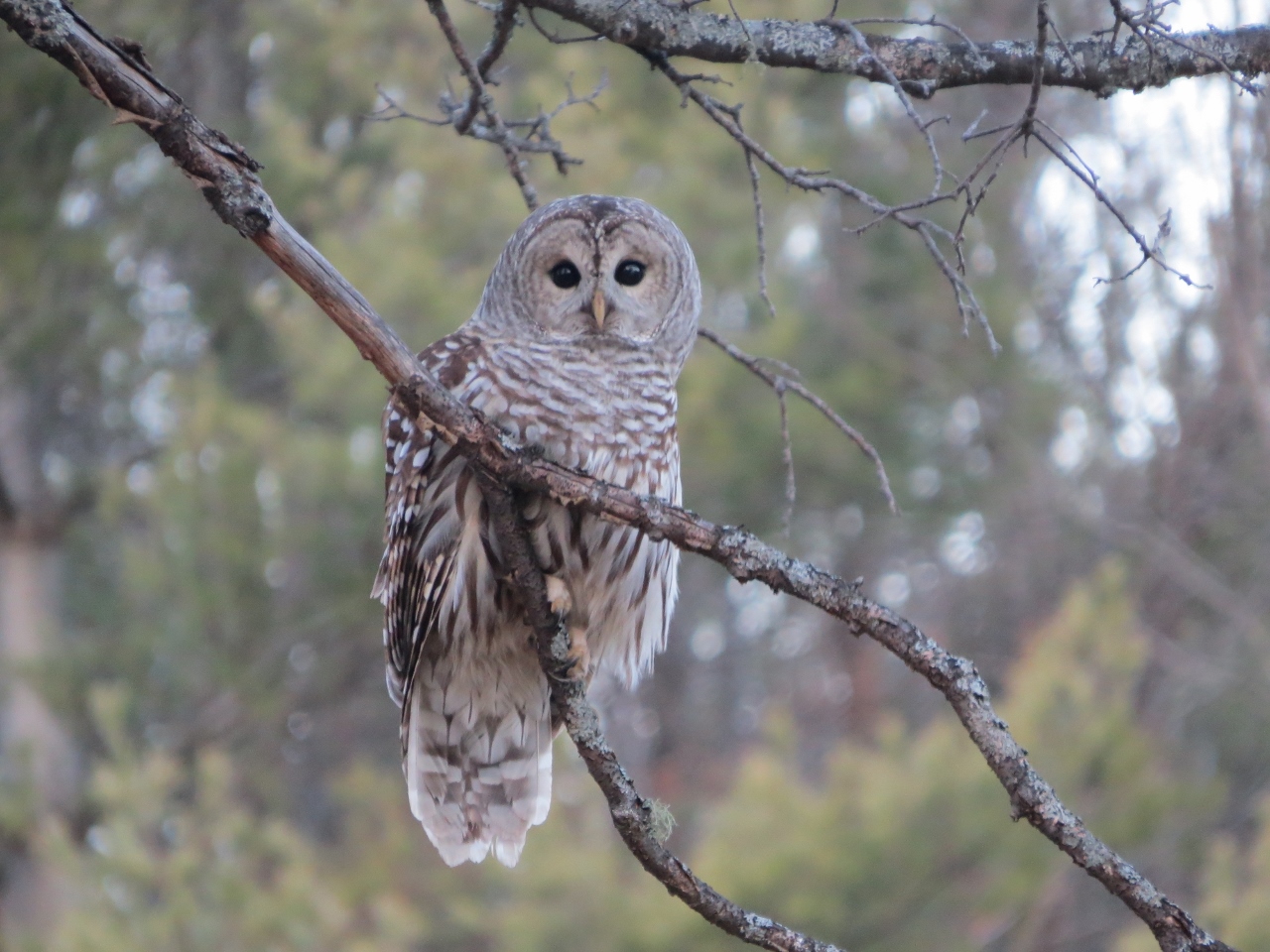
March is a fascinating, transitional time of year often filled with avian surprises.
Plan to watch spring arrive in the scenic Adirondacks this year with a birding trip? There are great year-round lodging and restaurant options in the area to help make your trip even more enjoyable. Mark your calendars now and plan to join us for the 12th annual Adirondack Birding Festival taking place June 10-12, 2016.
Break out of the norm this spring:






